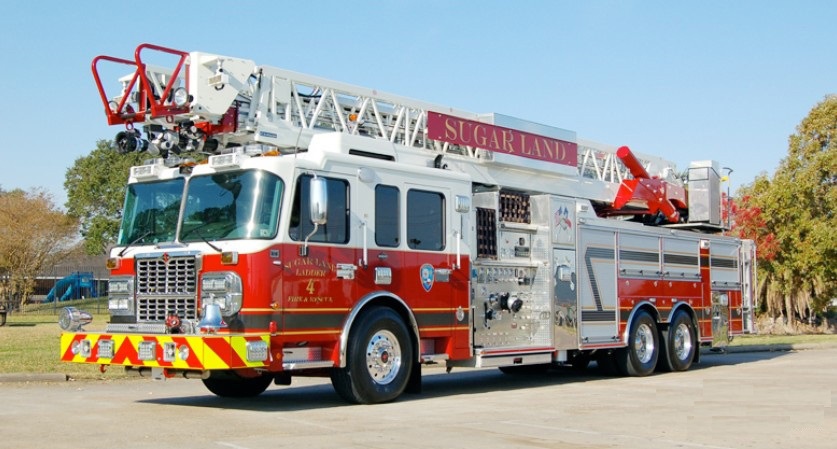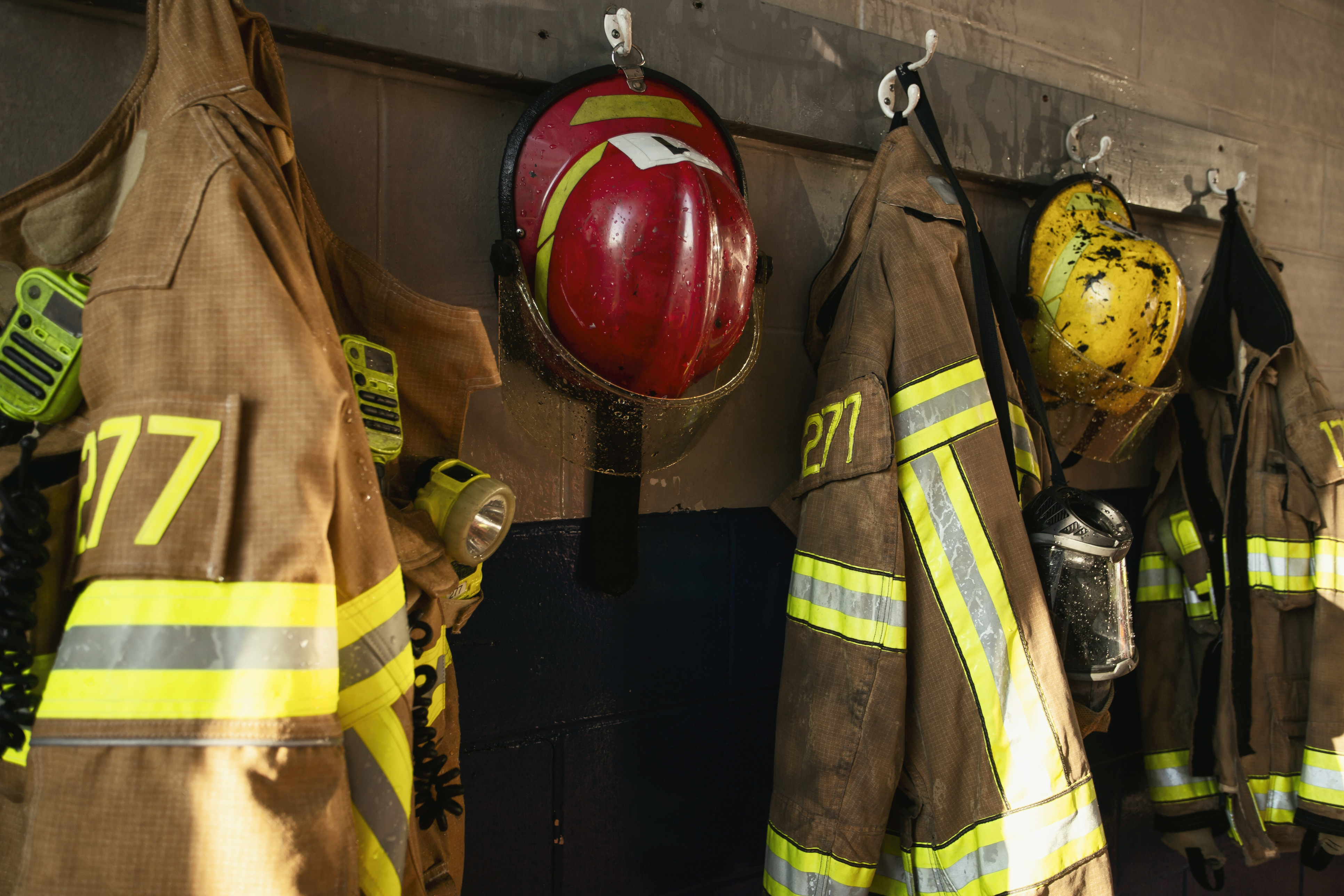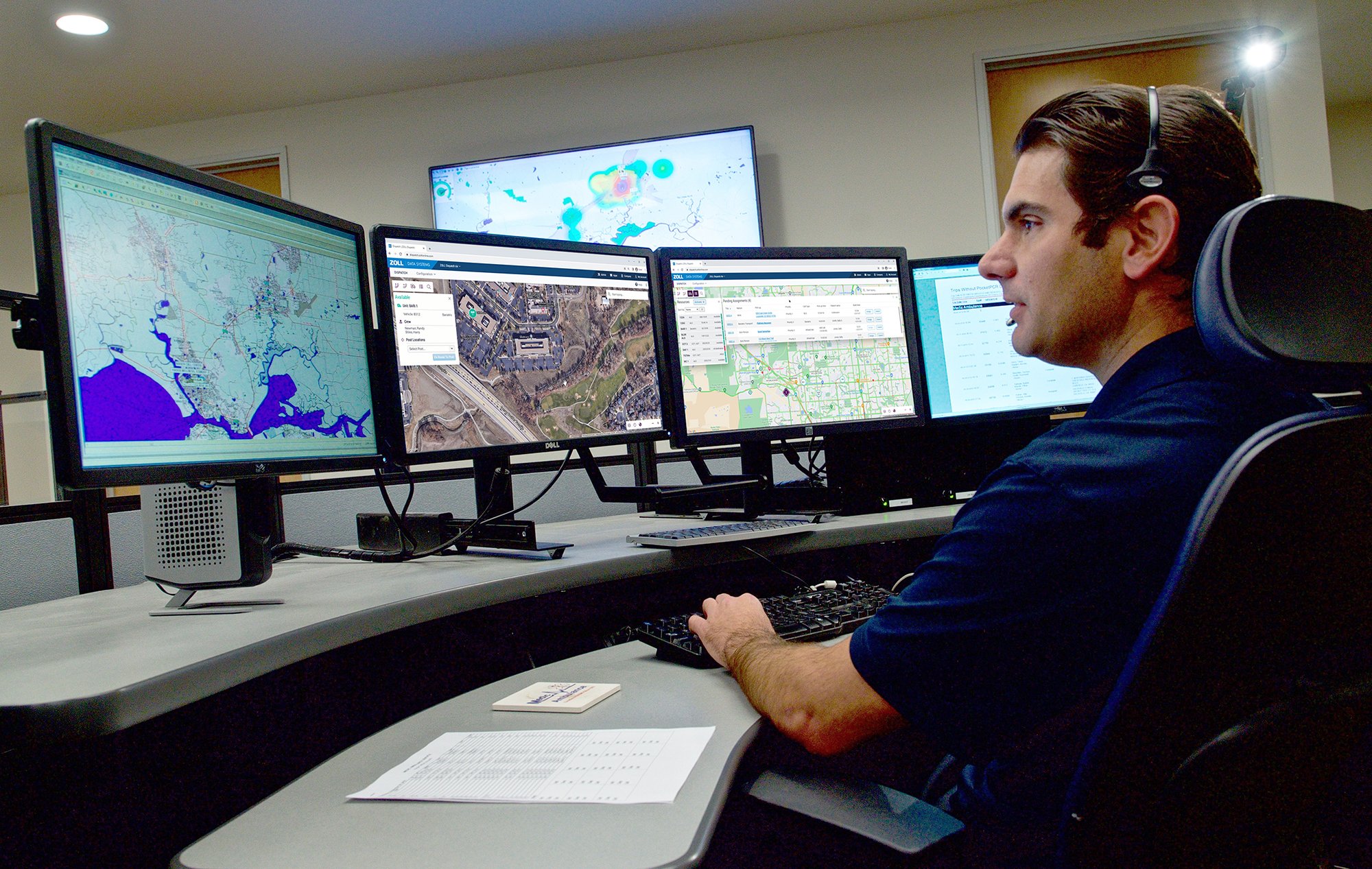How Fire and Battalion Chiefs Can Get the Data They Need for Funding, Staffing, and Safety
Learn More About the NFPA & How You Can Make a Difference
Many believe the National Fire Protection Association (NFPA) to be a regulatory body.

Many believe the National Fire Protection Association (NFPA) to be a regulatory body. Actually, the NFPA is a global nonprofit organization, established in 1896, and primarly focused on improving safety, reducing deaths and injuries, and minimizing losses due to fire. The NFPA typically brings up mixed emotions by many in the fire service. There are varying beliefs and assumptions about the NFPA, most of which are myths.
Firefighters typically look at the NFPA as a nuisance, at best. This view is focused around specific standards such as 1901 – Standard for Automotive Fire Apparatus; 1500 – Standard on Fire Department Occupational Safety and Health Program; 1710 – Standard for the Organization and Deployment of Fire Suppression Operations, Emergency Medical Operations, and Special Operations to the Public by Career Fire Departments, and other standards related to air packs, bunker gear, etc. These standards seem to be referenced or ignored when convenient, by both labor and management. Additionally, there seems to be a great deal of confusion on the standards, process for updates, whether they are voluntary or mandatory, and how they are created and updated.
Who Makes Up the NFPA Committees?
Strong beliefs by some are that the NFPA committees are stacked with industry representatives, working to make things more complicated and raising the costs for the end users. The current makeup of committees isn’t even close to this perception. Focusing on the Fire Apparatus Committee, the actual makeup is eclectic. As an example, the latest standard updated (NFPA 1911) had 28 principal voting members. Of those about 39 percent were from local, state and federal fire service organizations. Other members included 21 percent manufacturers, 11 percent from component and equipment companies and the remainder (nearly 29 percent) from varying related industry representatives. There were also 18 alternate members, put in place as backups to key principal members. For full disclosure, I was named as the International Association of Fire Chief’s Principal Representative to this committee, along with an alternate that is my backup.
The Fire Apparatus Committee is currently responsible for four specific standards, 1901 – Standard for Automotive Fire Apparatus; 1912 – Standard for Fire Apparatus Refurbishing; 1911 – Standard for the Inspection, Maintenance, Testing, and Retirement of In-service Emergency Vehicles; and 1906 – Standard for Wildland Fire Apparatus. There are different committees responsible for ambulances and aircraft rescue fire fighting vehicles.
The process for updating a standard is facilitated by the NFPA, but the work is done by the assigned committee.
How Are Standards Updated?
The process for updating a standard is facilitated by the NFPA, but the work is done by the assigned committee. This process to update standards is similar for all, except for the occasional special circumstance. In a nutshell, there is a period for open public input, whereby anyone can submit a change, addition or deletion. The committee must address each submission in one of three ways: accept, reject or accept with modifications. With either of the later choices the committee must give substantiation (a reason). A draft of the update is created and public comment is open for the second time. Again the committee addresses input to develop a finalized draft. Once the final draft is established it’s presented to the standards committee for adoption. This adoption of standards is usually done at the annual meeting during the NFPA conference each year. Generally, there are numerous situations for public input built into all standards updates. All public comments and substantiations are also openly posted.
Unfortunately, many people like to complain about varying NFPA standards, but there are usually few that propose deletions, additions or corrections. As an example, the NFPA 1911 update was finalized in 2016 for a publishing date of 2017. Initial public input for this review period started before 2015 and received about 67 submissions from nine people. Of those, almost 76 percent of the submissions were from a sitting Fire Apparatus Committee member. Many of these were corrections or updates to the existing standard. The remaining 24 percent were from eight other people. These numbers represent the worldwide input and submissions for a standard that covers testing, maintenance, inspection and retirement of fire apparatus. That is nine people that submitted for changes or additions of some type. Typically, I can find nine people who have an opinion about something related to fire trucks while visiting a couple of fire stations.
Their input can add significant substance to specifics relating to all of these areas and help justify the “why” in standards recommendations.
How Can I Help Drive Change?
Not being too dramatic here, my point is that we need to get engaged. These specific standards entail a tremendous amount of information and have incredible influence on the vehicles we count on to get us to and from emergencies and properly support emergency activities while on scene. I know there are thousands of experts in this field out there. These experts likely have considerably more experience and knowledge in emergency lights, equipment mounting, pump operations, preventative maintenance, electrical systems, tires and safety than the entirety of the Fire Apparatus Committee members combined. Their input can add significant substance to specifics relating to all of these areas and help justify the “why” in standards recommendations. Their input can also drive changes from the end-user viewpoint, instead of from the builder.
So, I challenge you all to learn more about the NFPA, the varying standards related to your specific industry sector and, most importantly, offer valued, justified input as each of you see warranted. Please take some time to understand the process and submit this input when the schedules of standard updates allow. If interested, you can even apply to be a member of this, or other NFPA Standard Committees, to help in challenging the norms and improve our industry and comprehensive safety.
Related Posts
Rescue Squad Adopts an Intuitive CAD Solution To Ramp up Dispatch and Improve Data Visualization
ZOLL Data Systems | Apr 3, 2024
Meet the New ZOLL Dispatch and ZOLL Respond CAD Solution
ZOLL Data Systems | Dec 14, 2023
ZOLL Pulse Blog
Subscribe to our blog and receive quality content that makes your job as an EMS, fire, hospital, or AR professional easier.
ZOLL Pulse Blog
Subscribe to our blog and receive quality content that makes your job as an EMS, fire, hospital, or AR professional easier.



